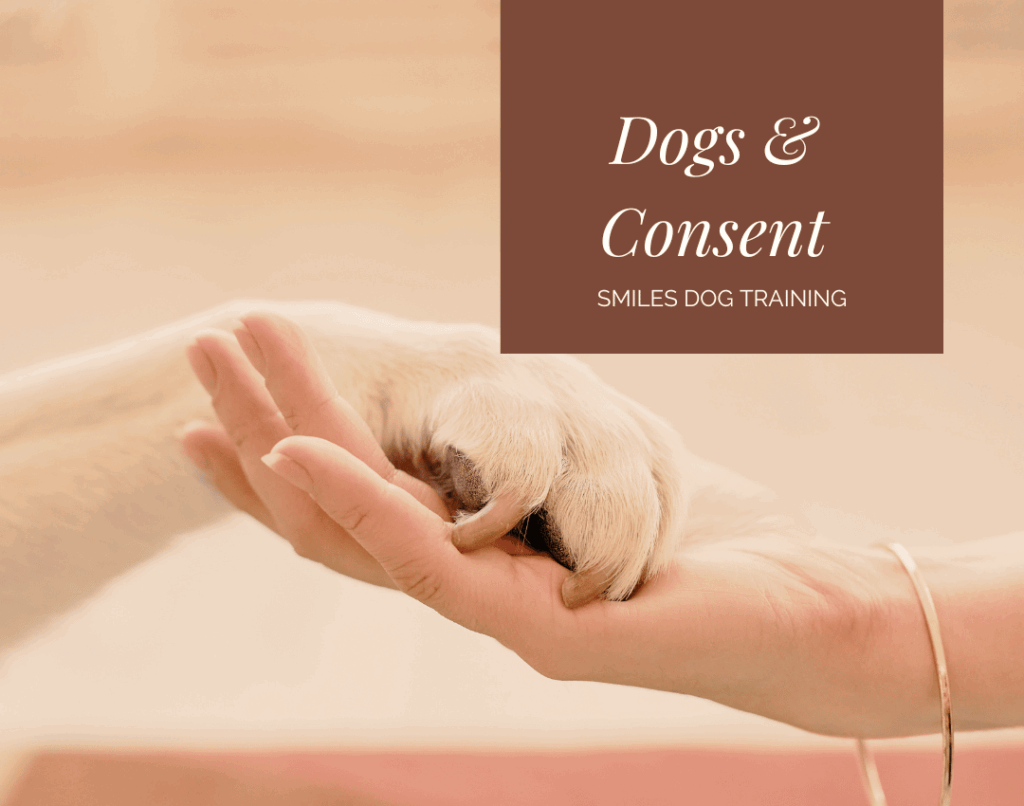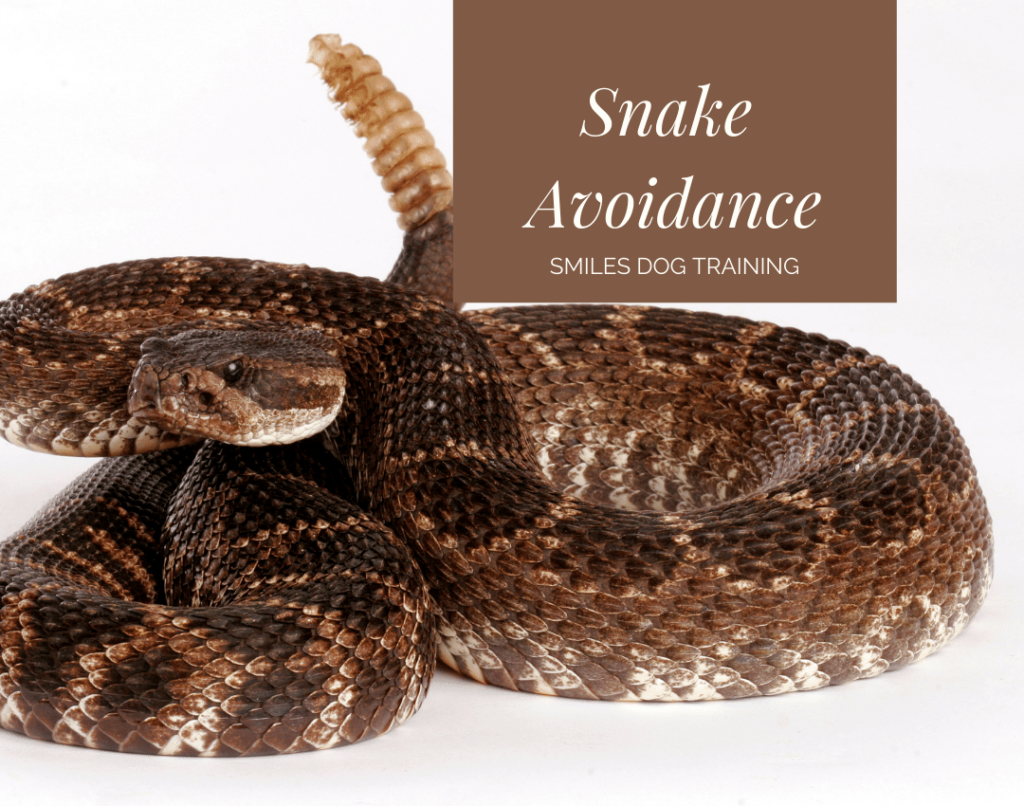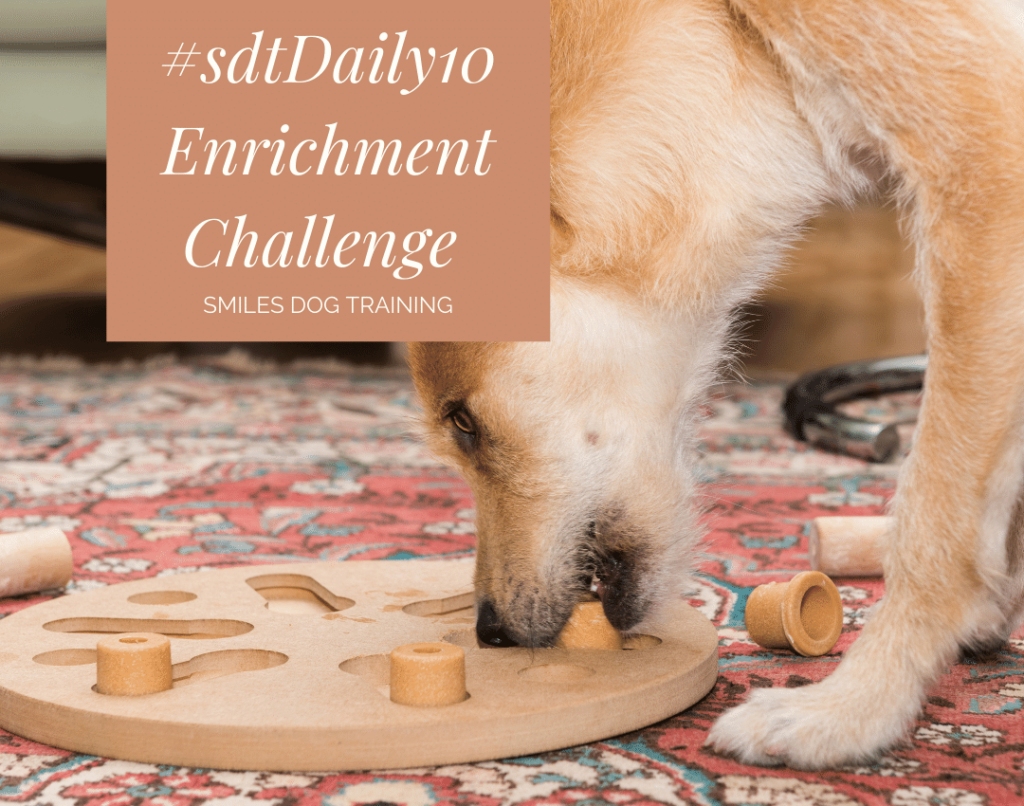We’re finally seeing more conversations about consent between people, and that’s a huge step forward. But here’s something we rarely discuss: dogs deserve consent too.
Dogs communicate yes and no through body language and behavior, but we often miss—or ignore—those signals.
By consent, I mean freely given agreement—a clear “yes” to an action or interaction. For dogs, that agreement isn’t verbal; it is shown through body language, willingness, and choice. Consent means not forcing a dog into something and recognizing when they’re telling us “no.”
When that happens, dogs can feel stressed, scared, or even lash out. Not because they’re “bad,” but because their boundaries have been crossed—and that damages trust and your relationship with them.
This topic is personal for me. Before I became a dog trainer, I earned my Bachelor’s in Women’s Studies, focusing on how power, control, and consent shape human relationships. When I entered the dog training world, I brought that same lens—and honestly? I was shocked. The same harmful patterns that feminist theory identifies in human dynamics—like dominance, control, and disregarding clear signals of discomfort—showed up in dog training too. And those patterns don’t just harm dogs; they harm the bond you’re trying to build with your dog, making cooperation and trust harder to achieve. Increasingly, trainers, behaviorists, and scholars are exploring this overlap between human and animal consent, showing that it’s not just anecdotal—it’s part of a bigger conversation in the field.
Ignoring Boundaries: A Bigger Pattern
This isn’t just a dog problem—it reflects a broader issue in how we handle power and consent. Systems of oppression—like sexism, racism, classism, and ableism—have long promoted the idea that whoever holds power gets to decide what happens, regardless of how others feel—including dogs.
Recognizing these patterns with your dog can sharpen your awareness of them everywhere—at home, at work, and in your community—and help you challenge them in ways that make life better for everyone. This is something social psychologists and sociologists have long pointed out: the way we treat those with less power—whether animals or humans—reveals the deeper health of a society.
We see it with dogs all the time:
- Forced to meet strangers even when they try to back away.
- Hugged and kissed when their body language clearly says “no.”
- Dragged into busy, noisy environments and expected to “just deal with it.”
And we see the same thing happen with people.
With kids:
- Told to hug relatives despite discomfort.
- Dismissed when they say “no” because it’s seen as impolite.
- Pushed into situations where their feelings aren’t fully respected.
With women:
- Personal space is invaded and brushed off as “harmless.”
- Boundaries are labeled as being “too sensitive” or “difficult.”
- Choices and autonomy—especially around their bodies—are often second-guessed or dismissed.
With men:
Many men experience this too. From a young age, boys are taught—by patriarchy and other intersecting systems—to suppress emotions, push through discomfort, and ignore their own feelings. As adults, they often have fewer tools to recognize boundaries—both theirs and others’. Toxic masculinity discourages them from engaging fully with the idea of consent because they were never taught how.
All of this comes from the same broken mindset: your discomfort matters less than what the person in power wants. Whether it’s a hug, attention, or compliance, it’s the same harmful pattern—and it hurts everyone.
What Dogs Are Telling Us
The good news? Dogs are always communicating—we just need to learn their language. Here are some common ways dogs say no thanks:
- Turning their head away
- Moving or backing up
- Freezing or stiffening up
- Showing the whites of their eyes
- Licking their lips
- Growling, barking, or snapping (their last resort)
It can be heartbreaking to realize how many of these signals we miss until a dog feels forced to escalate. But the sooner we start noticing, the sooner we can ease their stress and build deeper trust.
And when they say yes? They lean in, wag loosely, and stay relaxed and engaged.
Reading these cues isn’t just about comfort or preference—it can also tell you something critical about your dog’s physical health.
Consent as a Window Into Your Dog’s Health
One of the most overlooked benefits of asking for consent is that it can give you crucial insight into your dog’s health. When a dog who has previously allowed certain interactions starts to refuse—whether it’s touch, grooming, or movement—it can signal that something deeper is going on.
For example:
- A dog who normally enjoys petting but starts moving away might be experiencing pain or soreness.
- A dog who stiffens up during harnessing could have joint discomfort or a skin irritation.
- A dog who refuses to jump into the car or onto furniture might be signaling mobility issues.
By tuning into these subtle shifts, you’re not just respecting your dog’s autonomy—you’re catching potential health concerns early. I’ve had many clients discover medical issues (like ear infections, dental pain, or arthritis) because they noticed their dog’s usual “yes” turned into a “no” and took it as vital communication instead of disrespect.
This is yet another reason why consent isn’t just a training strategy—it’s an essential part of caring for your dog’s overall well-being.
Why Consent Builds Trust
Every time we respect a dog’s “no,” we show them: I see you. I hear you. You’re safe with me. That trust is powerful. It helps dogs feel secure and actually makes them more confident and willing to engage—because they know they have a choice.
The same is true with people. When we respect a child’s “no” or honor a woman’s boundary without pushing back, we strengthen relationships based on real trust and mutual respect.
How Consent-Based Training Changes You
Here’s what’s fascinating: practicing consent with your dog doesn’t just benefit your dog—it changes you. When you get in the habit of watching, asking, and respecting your dog’s cues, you start to retrain your own instincts. I’ve seen this firsthand with many clients—pet parents who came to me simply wanting better behavior from their dog and ended up noticing deeper changes in themselves. They reported feeling more present, more tuned in to non-verbal cues, and more confident in setting and respecting boundaries across many areas of life.
When actively seeking consent with your dog, you learn to:
- Slow down and pay closer attention.
- Read non-verbal cues more easily.
- Respect personal space—without taking it personally.
- Get comfortable hearing “no” without reacting defensively.
And research supports this kind of shift: studies have shown that working closely with animals can increase empathy, patience, and emotional awareness—skills that ripple out into all your relationships.
Respect vs. Control: A Common Struggle for Men
One tricky conflict I often see—especially for men—is the tension between respect and control. Many men are taught that their main job is to keep everything under control: their dog must behave perfectly at all times. So when they begin practicing consent-based training, it can feel like they’re being too soft or even irresponsible.
That worry makes sense. From an early age, many men are taught—by patriarchy and other intersecting systems—that their job is to be the strong, authoritative figure, and if they ease up, things will fall apart. So when you let your dog make choices, it can feel like you’re failing as a leader.
But here’s the truth: respect and safety are not opposites. You can set boundaries that keep everyone safe, while also honoring your dog’s comfort and choices. My clients do it every day with their dogs in my private coaching program.
And when you learn to strike that balance with consent-based training, you’re building deeper trust with your dog—and strengthening your ability to lead with empathy and confidence in every area of your life.
For example:
- Walks: If your dog is nervous around other dogs, you don’t need to force greetings to prove you’re “in control.” Give your dog space and help them feel safe, while staying aware of your surroundings.
- Grooming: If your dog hates nail trims, yes, you need to keep their nails healthy—but that doesn’t mean pinning them down. You can go slowly, take breaks, and use positive reinforcement to build comfort over time.
- Vet Visits: You can advocate for your dog by asking the vet to move slowly, explaining your dog’s signals, and planning ahead with calming meds if needed. You’re still getting essential care, but in a way that respects your dog’s experience.
- Training: If your dog is overwhelmed, don’t push through “just to finish.” Pausing lets them reset and teaches that you’re a trustworthy leader who listens.
In all these cases, you’re keeping everyone safe, but doing it with your dog, not at your dog.
The truth is, dogs who feel heard and respected feel more secure about getting their needs met and are less likely to engage in unwanted behaviors as a result. Giving your dog a voice doesn’t make you weak—it makes you the kind of leader your dog trusts to keep them safe and taken care of.
Small Changes, Big Impact
It might seem small to pause and wait for your dog’s okay before petting them. But that moment teaches something huge: no one—dog or human—owes you access to their body or attention. True connection is built on respect, not assumption.
By honoring consent in these everyday moments with your dog, you’re not just improving their life. You’re laying the foundation for a kinder, safer, more compassionate world. This is, in fact, my not-so-secret mission in life!
Final Thoughts
The culture that shrugs off consent—whether it’s a dog forced into a hug, a child told to “be polite,” a woman’s boundary ignored, or marginalized communities’ voices dismissed—is part of a larger system we urgently need to change. Our dogs count on us to be their voice—and to respect theirs in return. When we start practicing that respect at home, with our dogs, we create ripples that lead to real social change.
And the best part? You don’t have to get it perfect overnight. Every small moment of noticing and honoring consent makes a real difference—and it’s a practice that deepens naturally over time.



